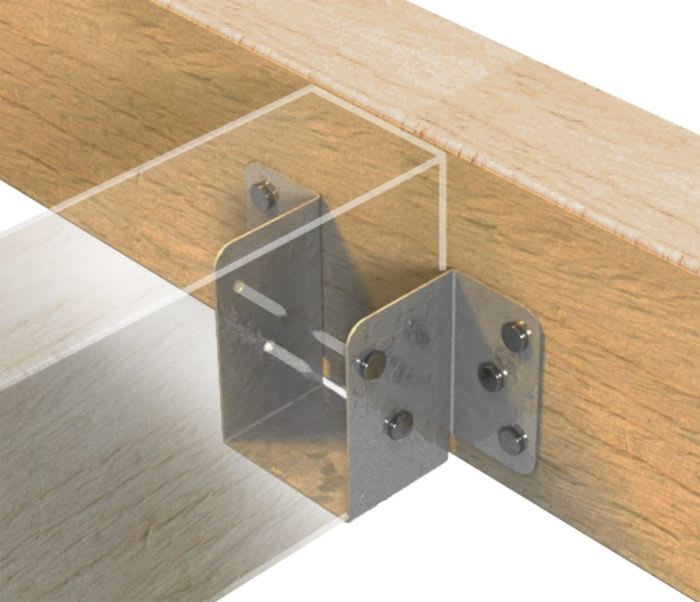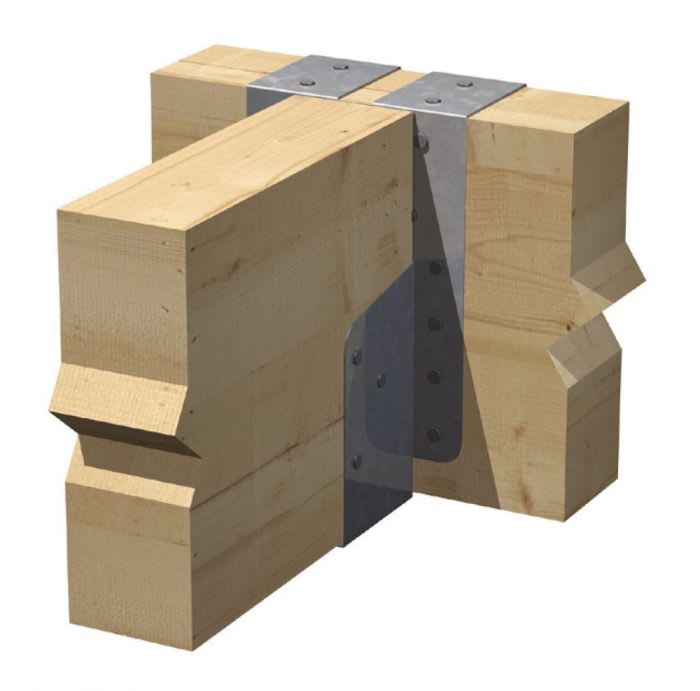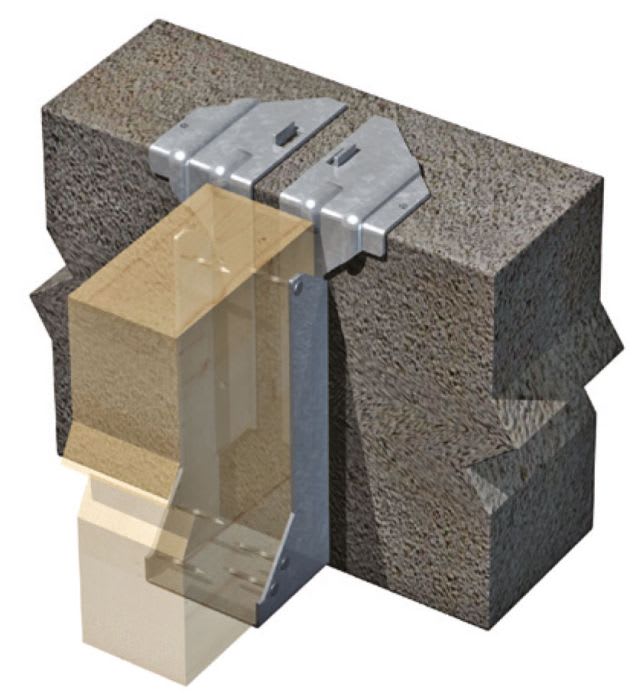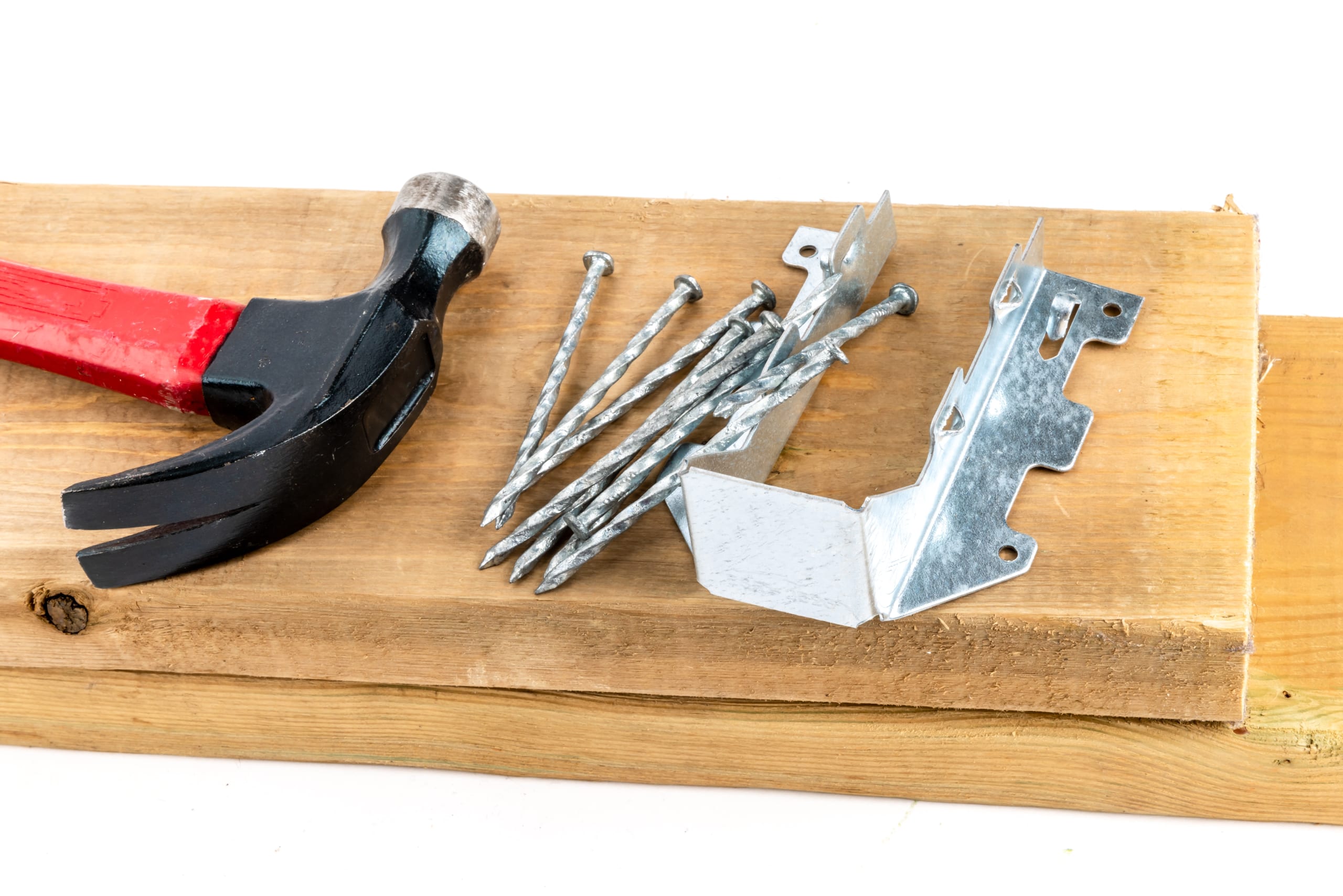Joist Hangers & Struts
(24 Products)Joist hangers are an indispensable tool in the arsenal of builders and roofers. Often recognised as jiffy hangers, these ingenious devices live up to their name by providing a secure and reliable means of supporting timber joists. They find application in a wide range of projects, serving purposes such as connecting timber to concrete or masonry applications, as well as suspending solid timber from timber members. Unlock the true potential of your construction projects with our premium range of heavy-duty joist hangers.
What are Joist Hangers and Struts?
Joist hangers and struts are critical components used in construction to provide structural support and enhance load-bearing capabilities.
Joist hangers are metal brackets specifically designed to connect joists to other load-bearing elements, such as beams or ledger boards, ensuring a secure and durable connection.
Struts, on the other hand, are load-bearing members that resist compression forces, maintaining alignment and stability within the structure.
Joist Hangers Applications
Joist hangers find widespread applications across various construction projects, including residential, commercial, and industrial settings.
Some common uses include:
- Floor and Ceiling Systems: Joist hangers are employed to secure floor joists and ceiling joists, creating sturdy and level surfaces for subsequent construction layers.
- Roof Structures: Joist hangers play a crucial role in roof framing, supporting the weight of rafters or trusses and ensuring the integrity of the overall roofing system.
- Deck Construction: Joist hangers provide secure connections between the deck joists and beams, ensuring a safe and stable deck structure.
Struts Applications
Struts find application in a wide range of construction scenarios.
They can be employed in the form of diagonal bracing within the framework of a building, providing additional support against horizontal forces like wind or seismic activity.
Struts can also be used to:
- Reinforce roof trusses.
- Support floor joists.
- Reinforce walls.
- Stabilise structural members in bridges and other civil engineering projects.
How Timber Joist Hangers Work
The working principle of a joist hanger lies in its configuration and secure attachment to the supporting framework.
Most joist hangers wrap around three sides of a wooden beam, creating a snug enclosure that cradles the joist. This design ensures maximum load-bearing capacity and prevents any lateral movement or displacement.
To achieve a rock-solid connection, joist hangers are fastened to the surrounding frame using nails, screws, or other appropriate fasteners.
The pre-drilled holes in the hanger provide a guide for inserting these fasteners, ensuring a secure and reliable bond between the hanger and the supporting structure.
By virtue of their strategic placement and sturdy construction, joist hangers eliminate the need for traditional methods such as toenailing or face nailing, which may compromise the structural integrity of the project.
How Joist Struts Work
The working principle of struts is based on the fact that they can effectively transfer loads in a compressed state.
When a load is applied to a strut, it experiences compression forces that are channelled along its length.
By resisting and distributing these forces, the strut provides stability and support to the surrounding structural elements.
Frequently Asked Joist Hangers & Struts Questions
Are Joist Hangers & Struts Interchangeable?
No, joist hangers and struts serve different purposes. Joist hangers are specifically designed for connecting joists to other load-bearing members, while struts are utilised to resist compression forces and provide additional support within the structure.
Can Joist Hangers Used In Outdoor Applications?
Yes, joist hangers and joist brackets made from galvanised steel or stainless steel are suitable for outdoor use, as they offer excellent resistance to corrosion and weathering.
How Do I Choose The Right Size Of Joist Hanger Or Strut For My Project?
Refer to the load capacity charts provided by the manufacturer to determine the appropriate size and load-bearing capacity based on the specific joist dimensions and anticipated loads in your project.
Can You Use Roofing Nails For Joist Hangers?
Structural screws and bolts are the go-to choices that ensure a secure and reliable connection. These robust fasteners provide the strength and stability needed to support your joists effectively.
Avoid the pitfalls of using inappropriate options such as roofing nails, which lack the necessary durability and may compromise structural integrity.
Browse our comprehensive range of screws and fixings on our designated category page.












